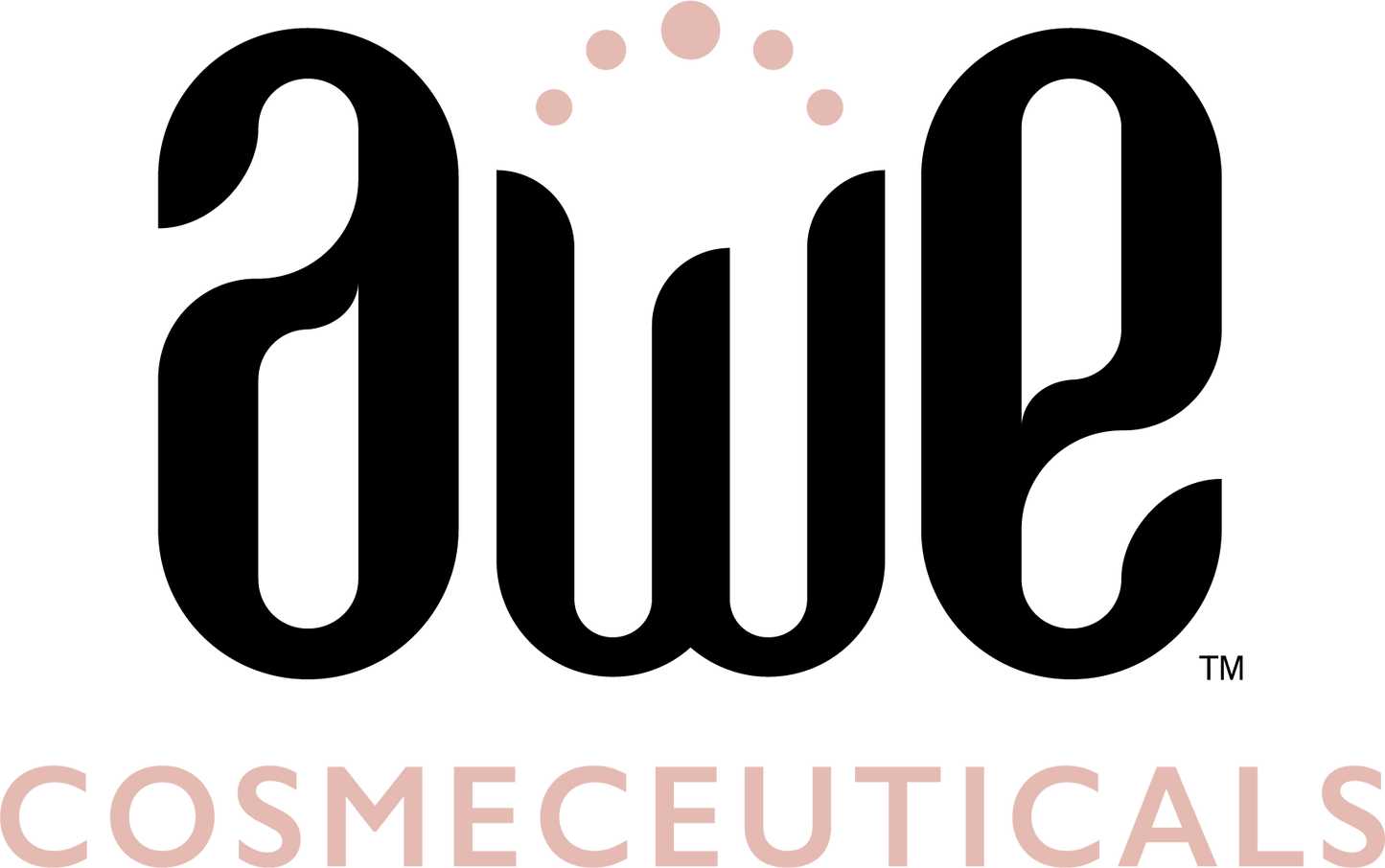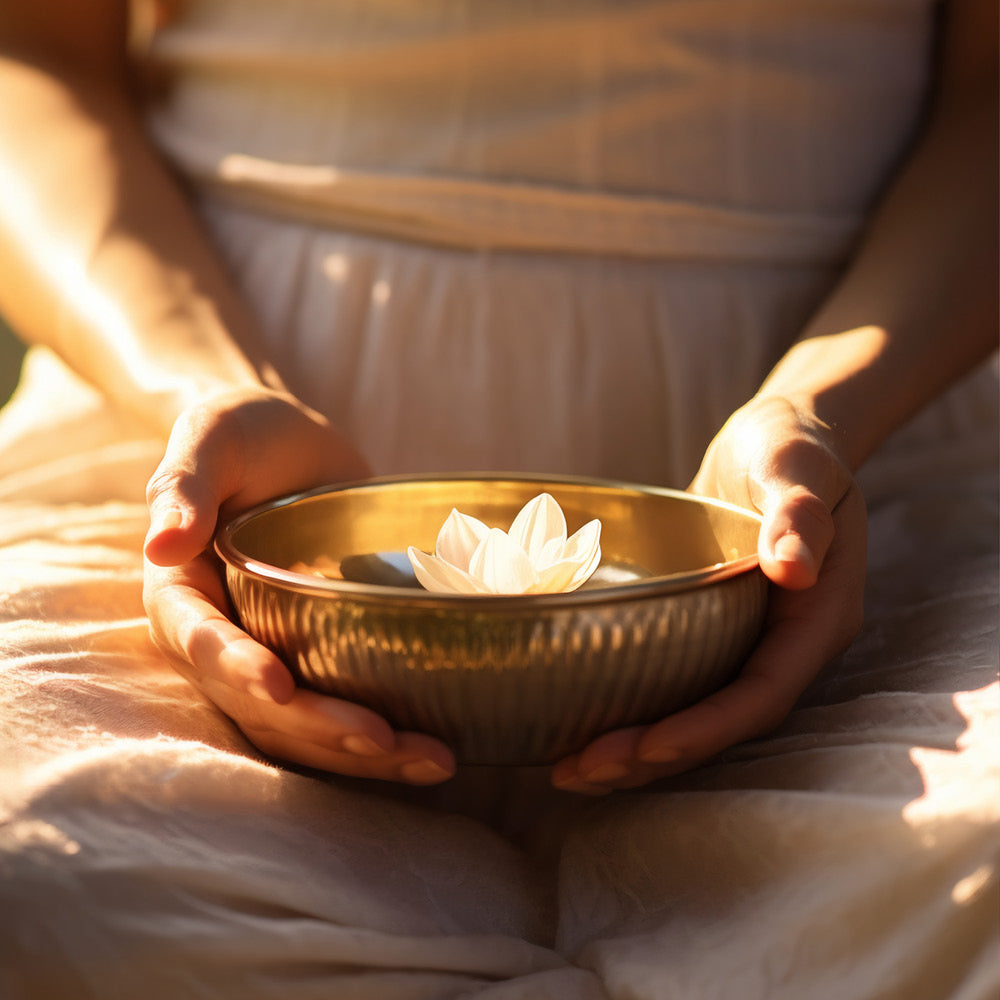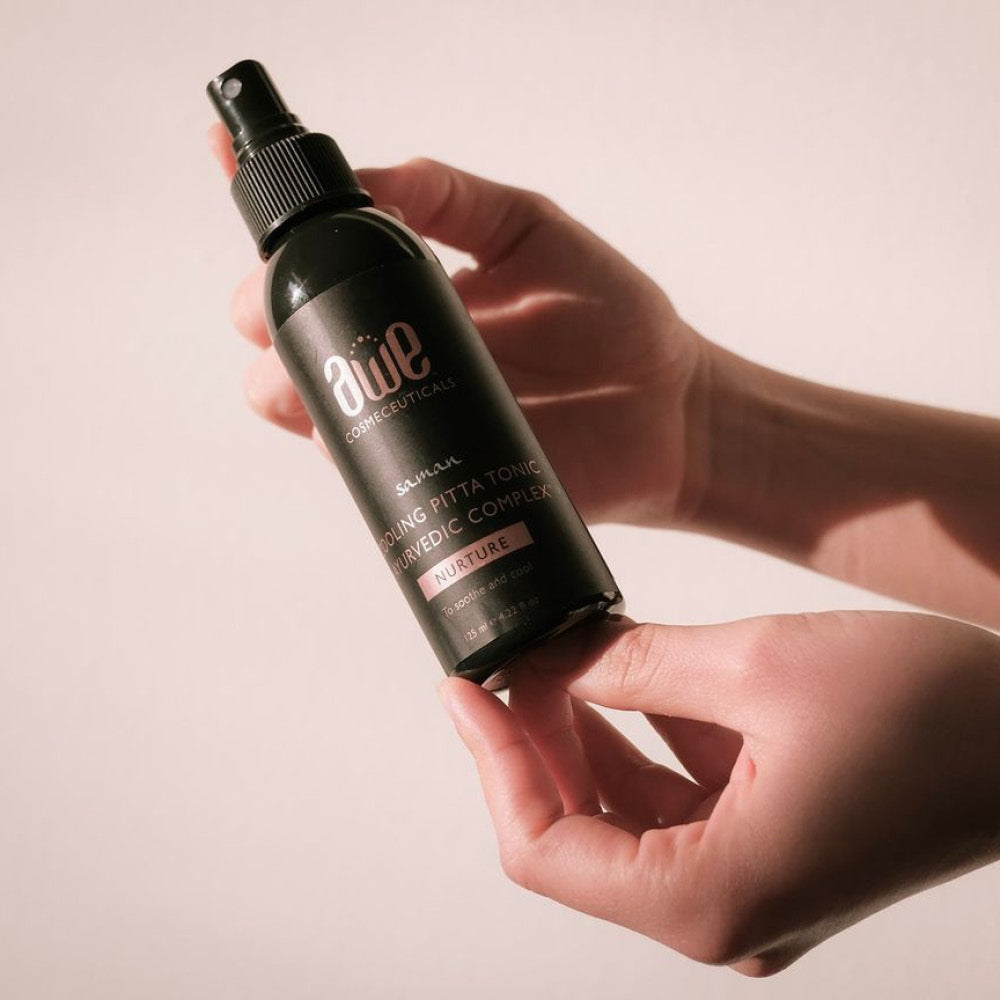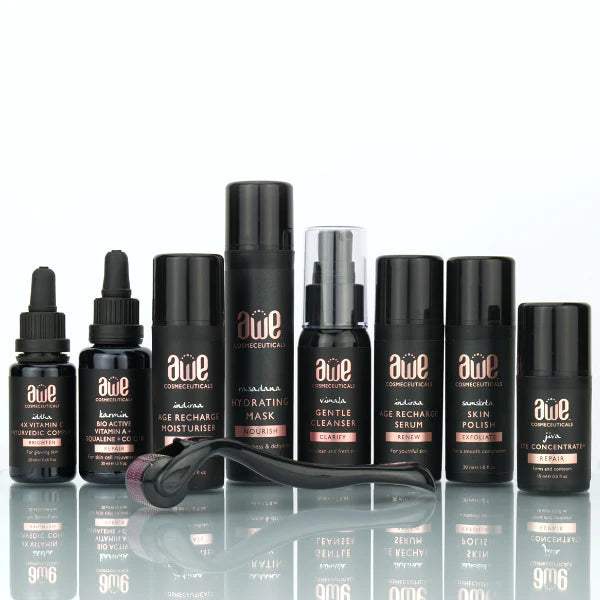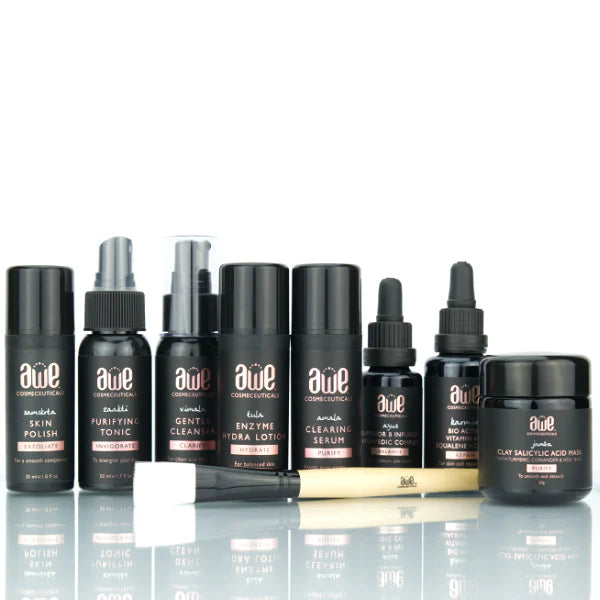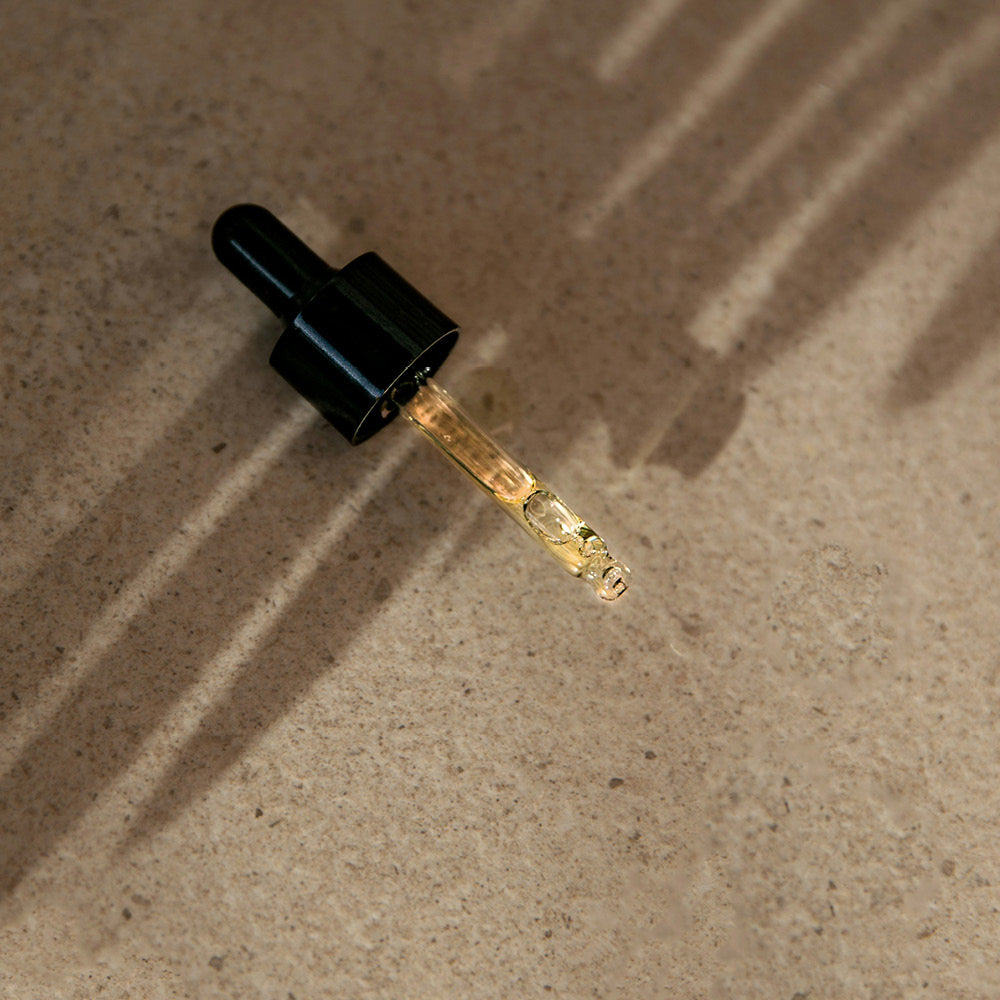

Having a skin ‘peel’ is becoming more and more popular these days.
So what does it do? What are the benefits and how do they work? Let’s shed some light on the process.
Why do we peel?
As we age the cellular turnover of our skin dramatically slows down. This is most cases, results in a dull, sallow complexion leaving a build-up of dead skin cells. This build up can often inhibit or even prevent the effective absorption of our skincare product actives.
In peeling, acids are used to promote the shedding of this deal skin cell build-up and by gently removing the upper layers of the epidermis, we can reveal fresh, new cells offering a healthier glow to the complexion. Clearing the decks of these dead cells will also aid in the absorption of products, allowing these to be delivered directly where needed. Halleluyah!
Who is peeling for?
Peels can help a myriad of skin conditions and are commonly used for ageing skin and skin suffering acne, pigmentation and congestion.
What are the active ingredients in peels?
Acids such as Alpha Hydroxy (AHA’s), Beta Hydroxy (BHA’s) and Poly Hydroxy (PHA’s) are frequently used for skin peeling. They vary in strength according to the percentage of acid used, however the pH of the peel itself determine its strength.
Lactic (AHA) and gluconic acids (PHA) will simultaneously improve skin hydration, helping skin to look brighter and refreshed, paving the way for effective absorption of your favourite serum.
What to expect when having a peel
It’s important to remember that not all peels are the same and having a peel does not necessarily mean you will see visible effects of the peeling. Peeling can indeed, be invisible to the naked eye, or may show as mild to moderate flaking. Medium to deep peels will have much more peeling and these types of peels, in turn have greater risks associated with them. Visible peeling is not indicative of an effective peel.
Regularity of peeling
The regularity of peeling is really subject to the type of peel used. Lighter peels are fantastic for offering very little ‘down-time’ so you can peel-and-go without too much post-peel redness or erythema. Medium to deep peels may take longer to recover and over treating the skin may cause inflammatory responses, which in turn produce skin-damaging free radicals.
Light peel treatments are recommended at regular intervals of approximately 4 weeks for the effective management of skin conditions. In some cases a peel may be advised earlier than four weeks, according to your skin type/condition so be sure to consult your skin care professional.
Length of treatment
Skin peeling is ideally done as a course of 4 to 6 treatments. Generally the skin will show results from the first treatment, however for conditions such as pigmentation, a number of treatments may be required before results are obvious to the eye.
Before your peel
There are few simple steps we recommend that you take before having a peel. Do not use any retinol based products for 72 hours/3 days prior and limit sun exposure in the days prior.
How do I care for my skin after my peel?
Post-procedural care is almost as important as the peel itself.
For the 72 hours following a peel, be sure to avoid anything likely to increase ‘heat’ in your skin, including sun exposure, hot showers or baths, excessive exercising and alcohol consumption.
Having just revealed new skin cells, remember to protect them by wearing a sunscreen SPF30+ when heading outdoors.
So, before you head off for a peel, familiarise yourself with the above and know what to expect and how to best care for your skin post-peel.
And don’t forget to check our stockists page online for your local AWE stockist to experience our brand new salon-only Passion Flower AHA/PHA Peel!
